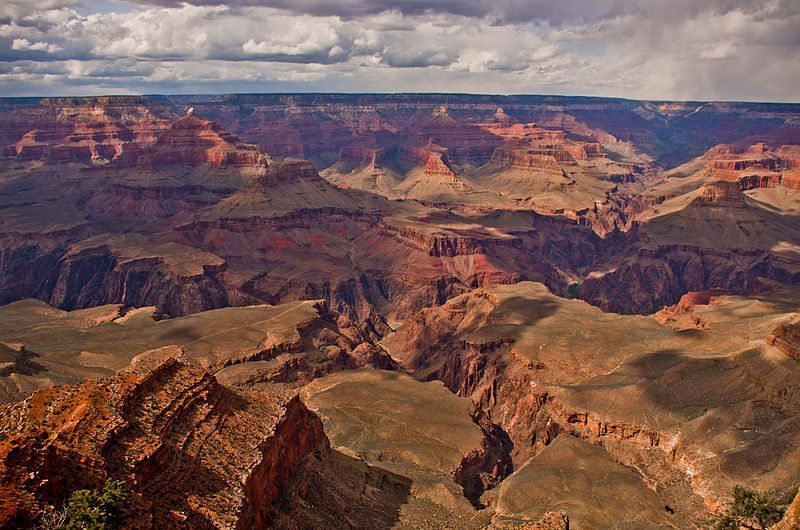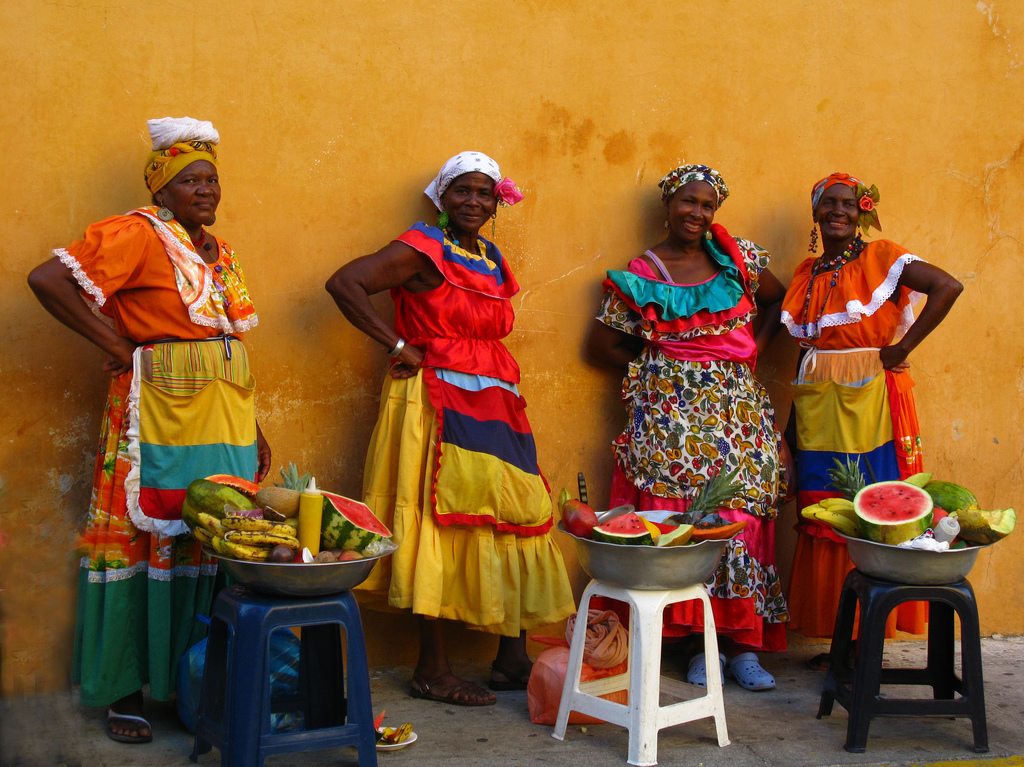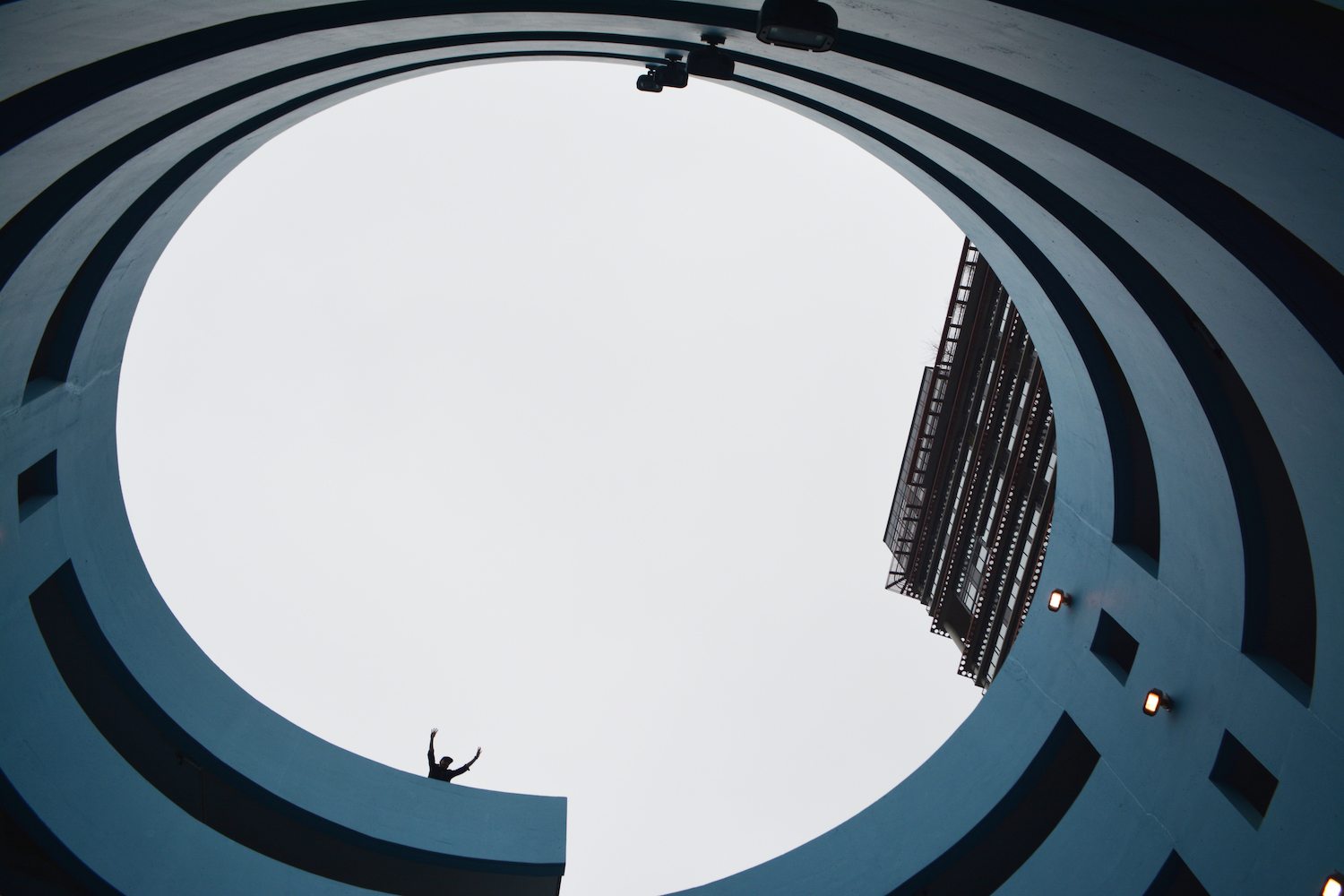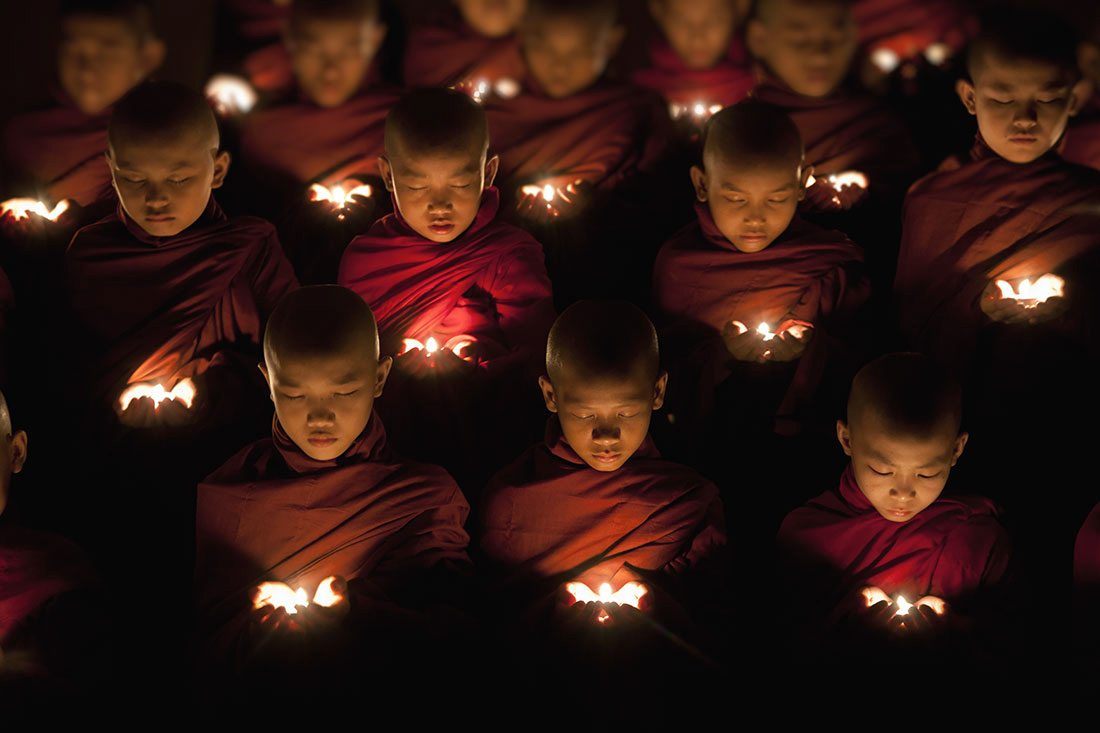
The Holy Contour of Inner Landscape
Words by Vanessa Shukyi Wong | Photography by Jessica Thompson
It is our third day on the road trip; our bodies have adjusted to this otherworldly landscape of Arizona. The body is quick to learn, but when I started this journey in Salt Lake City, it took four or five hours just for my eye to adapt the vastness of the landscape. Having to live in cities all my life, my default landscape has always been silver skyscrapers and carved-out hillsides in between. Losing the sense of grid and system induces a peculiar fascination, like magic to children. As we approach the state of Arizona, my eyes filled with disbelief. The curtain rolled up to this world created with magic. The rock formation, the monolithic sandstone and the knife-edge summit of each canyon seduce us to stop the car and take out the cameras time after time. Often we leave shaking our heads, only to find that no viewfinder in the world is ample enough to capture the grandeur of this western grit.
Instructed by a new friend we met on the road, we are exploring the Lower Antelope Canyon. “It is a much better winter destination in comparison to the more popular Upper Canyons.” I nod my head and thank the Navajo native for his pointer; his sincerity leaves me no room for hesitations.
When we step into this majestic slot canyon in Navajo nation, Tana, a local native who has worked as a guide for 20 years, immediately tells us the story of 12 people that lost their lives to a flash flood for their blind optimism and underestimation of this landscape. She instinctively looks up at the spiral rock arches, to the patches of blue sky as she mentions the unpredictability of nature and its’ grueling capability to destroy anything that stands in its way. Her recognition and respect for the land is so deeply seeded in blood that it comes even before her appreciation for beauty.
As we descend deeper into the lower Antelope canyon floor, I no longer feel the persistent desert wind brushing my face. I trace my fingers on the sandstone wall as Tana further educates us with all there is to know about the million-year-old canyons. It is hard to describe the feeling of having intimate physical contact with these prominent creations. The surface of this sandstone has been washed by Jurassic-time rainwater, touched by creatures beyond comprehendible. I can only imagine if the wall of these canyons could tell the stories it holds, the years it has seen and the tales of each mark. Everywhere is a milestone of history. Every monsoon season, the spring water rush over the ever-standing sandstone; at any moment, it roars through like water snakes. Years after years, eventually the hardness of the stones was moved by the softness of the water. One millimeter. One centimeter. One inch. The erosion widens like growth rings; every particle in the sandstone undergoes thinning, injuries, epidemics in contribution to the depth that allows human adventures and discovery for years to come. Perhaps that is the reason why we are so moved by this landscape that contain such singular element; the sand particles that conceals the power of guidance. One that imitates the indoctrination and sumptuous love that mentors pass onto their students, the kind that makes you feel special yet insignificant at the same time.
Surrounded by incredible color palette that cannot be categorized, I could only try to vaguely caption. Pink, flesh, violet, orange, burgundy, burnt sienna, every moment and every inch is a spectrum of possibilities and imaginations. Perhaps it’s the shadow casting on the coarse texture that makes crimson violet. Perhaps it’s the angle to which I point my head that steals a slice of metallic pigment in the light.
It was one of those moments while traveling, when you turn to notice that your friends are all mute; lips parted and eyes widen. And you think to yourself and laugh at the accuracy of the word awe. How accurate it is that your facial muscles transform into a configuration of that exact word when you feel in awe of majesty. Nature is a source of beauty that generates emotional power that could harden the tender part of the soul; similar to art and music, it challenges the universe as known by just a single element. And in this case-sand-this single element that holds the soul of this land with both its vastness and transfiguration. It paints lines of contour with erosions and activates the surface like splashes of pigment. You look up, around, and repeat until the back of your neck signals that you have stopped your body and unleashed your mind in the landscape.
It is at this moment that I realize I have to give up all my power to the maestro artist, surrender to the beauty of it all. In its beguiling wildness and prominence, all we could do is observe and appreciate as an audience of this masterpiece. I am not in control. The obsessions of command, authority and dominance do not apply to this land. The canyons don’t care about us; with all its indifference, I felt absolute freedom again in my vulnerability, a feeling I have not felt in a very long time.

















